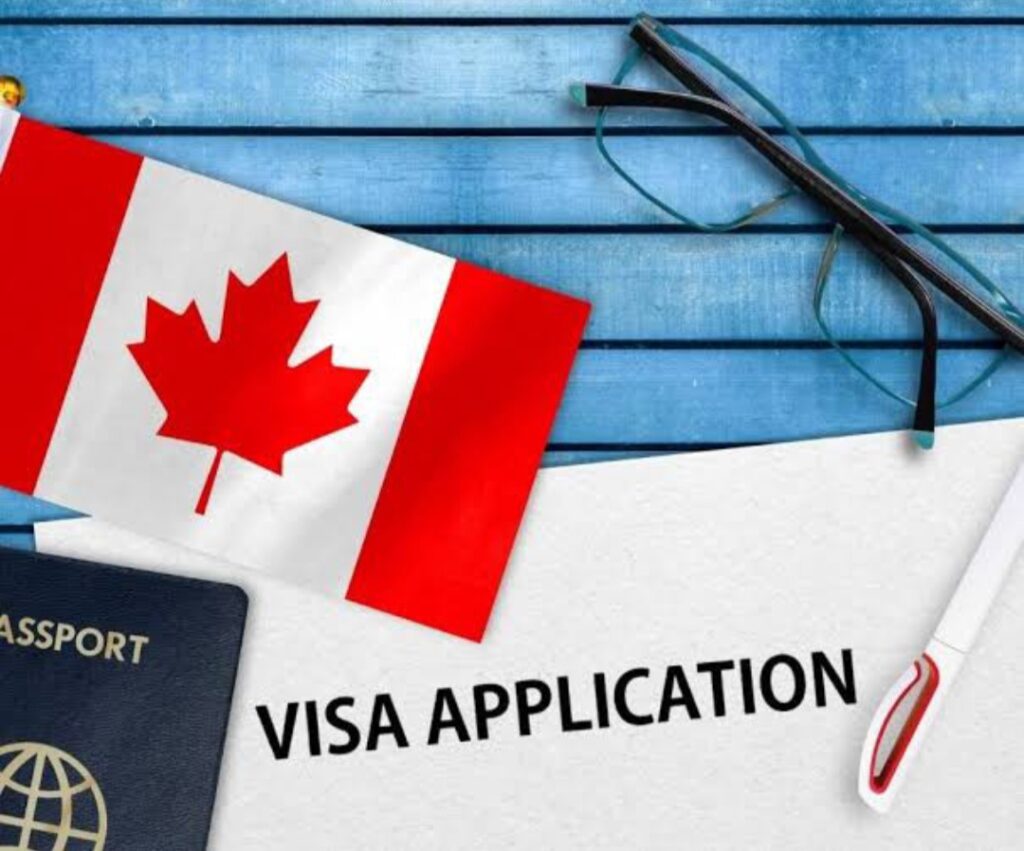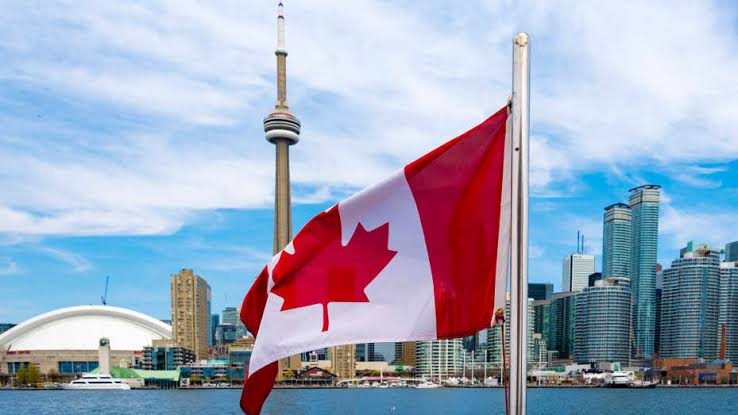Canada is implementing significant adjustments to its temporary residence programmes to better manage the influx of temporary residents and ensure system integrity.
The government says it is reducing the intake cap for Nigerians and other international student study permits by 10 per cent for 2025 and introducing stricter eligibility requirements for work permits. …CONTINUE READING


These changes, according to a Thursday news release, aim to align Canada’s immigration policies with evolving economic and humanitarian needs while maintaining a sustainable and effective system.
An X post from Immigration, Refugees and Citizenship Canada on Thursday morning, read, “Today, we announced changes to Canada’s temporary residence programs to better manage the volume of temporary residents, uphold the integrity of our immigration system and protect vulnerable people.
“We’re taking these steps to strengthen our immigration system, address the changing needs of our country and continue to grow our population responsibly.”
In January 2022, the Canadian government stated it would impose a national cap to reduce the intake of international students into the country.
PUNCH Online gathered from a news release titled “Strengthening temporary residence programs for sustainable volumes,” from Immigration, Refugees and Citizenship Canada website that the government added measures to address asylum system integrity, including partial visa requirements for Mexican nationals and enhanced fraud detection.
According to the release, the Canadian government is reducing the intake cap for international student study permits by 10 per cent for 2025, from 485,000 to 437,000, and will maintain this cap for 2026.
Additionally, we are updating the Post-Graduation Work Permit Programme to better match immigration and labour market needs.
Starting later this year, work permits will be limited to spouses of master’s degree students whose programmes are at least 16 months long, and to spouses of foreign workers in management or professional roles or sectors with labour shortages.
It read that: “We are:
announcing a further reduction in the intake cap on international student study permits for 2025 based on a 10% reduction from the 2024 target of 485,000 new study permits issued, and then stabilizing the intake cap for 2026 such that the number of study permits issued remains the same as 2025
For 2025, this means reducing study permits issued to 437,000
updating the Post-Graduation Work Permit Program this fall to better align with immigration goals and labour market needs
limiting work permit eligibility, later this year, to spouses of master’s degree students to only those whose program is at least 16 months in duration
limiting work permit eligibility later this year to spouses of foreign workers in management or professional occupations or in sectors with labour shortages—under Canada’s work permit programs (TFWP and IMP).”
Canada, for the first time, revealed the plan to reduce the number of temporary foreign workers it welcomes, officials announced in March 2024, after years of lofty immigration levels.
According to the latest release, Canada is reducing the proportion of temporary residents from 6.5 per cent to 5 per cent of the population by 2026, implementing reforms to the International Student Programme and tightening work permit eligibility to address evolving economic pressures and enhance system integrity.
It further read, “Canada has a long and proud history of welcoming newcomers from around the world who support our economy and enrich our country. In response to labour shortages and the aftershocks of the pandemic, the federal government took steps to meet the urgent needs of businesses and support our economic recovery. Since then, Canada’s economy has evolved, and we must continue to adapt our immigration system to respond to new pressures, including a softening labour market.
“Earlier this year, Immigration, Refugees and Citizenship Canada announced a decrease in the number of temporary residents—from 6.5% of Canada’s total population down to 5% by 2026. To achieve this goal, the federal government is taking action to manage the increase of temporary residents and hold employers misusing the system accountable. We are reforming the International Student Program, tightening eligibility requirements for temporary foreign workers, enforcing employer compliance more strictly, and making labour market impact assessments more rigorous to mitigate fraud, and more.
“To ensure the temporary residents we welcome to Canada can be supported adequately, the Honourable Marc Miller, Minister of Immigration, Refugees and Citizenship, today announced additional measures to manage the volume of temporary resident arrivals, uphold the integrity of our immigration system and protect vulnerable people.”
Minister of Immigration, Refugees and Citizenship, Marc Miller, stated: “The reality is that not everyone who wants to come to Canada will be able to—just like not everyone who wants to stay in Canada will be able to. We are taking action to strengthen our temporary residence programs and roll out a more comprehensive immigration plan to meet the demands of today’s changing landscape. Our immigration system must preserve its integrity, and be well-managed and sustainable. And as we look forward, we will do everything it takes to achieve that goal and set newcomers up for success.”
In his remarks, Minister of Employment, Workforce Development, and Official Languages, Randy Boissonnault, asserted, “The Temporary Foreign Worker Program was designed to address labour market shortages when qualified Canadians were not able to fill those roles. Right now, we know that there are more Canadians qualified to fill open positions. The changes we are making today will prioritise Canadian workers and ensure Canadians can trust the program is meeting the needs of our economy.”
“Actions we have taken, as well as the additional steps announced today, will strengthen our immigration system and help address the changing needs of our country. We have listened to Canadians, including our provincial, territorial and municipal partners, and other community leaders. We will continue to seek to protect the integrity of our system and responsibly grow our country,” the release concluded.
As culled from the website: here are some Quick Facts
The proposed reduction of temporary residents from 6.5 per cent of Canada’s total population to 5 per cent will be reflected in the 2025–2027 Immigration Levels Plan, which will be released by November 1, 2024.
Graduates from programs at public colleges will remain eligible for a Post-Graduation Work Permit (PGWP) of up to three years if they graduate from a field of study linked to occupations in long-term shortage.
As part of changes to the PGWP Program, all applicants will be required to demonstrate a minimum language proficiency in French or English. This will increase their ability to transition to permanent residence and adapt to changing economic conditions. A Canadian Language Benchmark (CLB) level 7 for university graduates and CLB 5 for college graduates will be required for anyone applying for a post-graduation work permit on or after November 1, 2024.
The 2025–2026 study permit intake cap will include master’s and doctoral students who will now have to submit a provincial or territorial attestation letter. We will be reserving approximately 12% of allocation spaces for these students in recognition of the benefits they bring to the Canadian labour market.
On January 1, 2024, the cost-of-living requirement for study permit applicants was updated to better reflect the true cost of living in Canada and help prevent student vulnerability and exploitation.
Budget 2024 proposes $743.5 million over 5 years, starting in 2024-2025, and $159.5 million ongoing to support the stability and integrity of Canada’s asylum system.
Further information on the measures announced today will be available on our website in the near future.
In August 2023, Canada said that the rising housing cost may lead to placing limits on foreign student visas.




